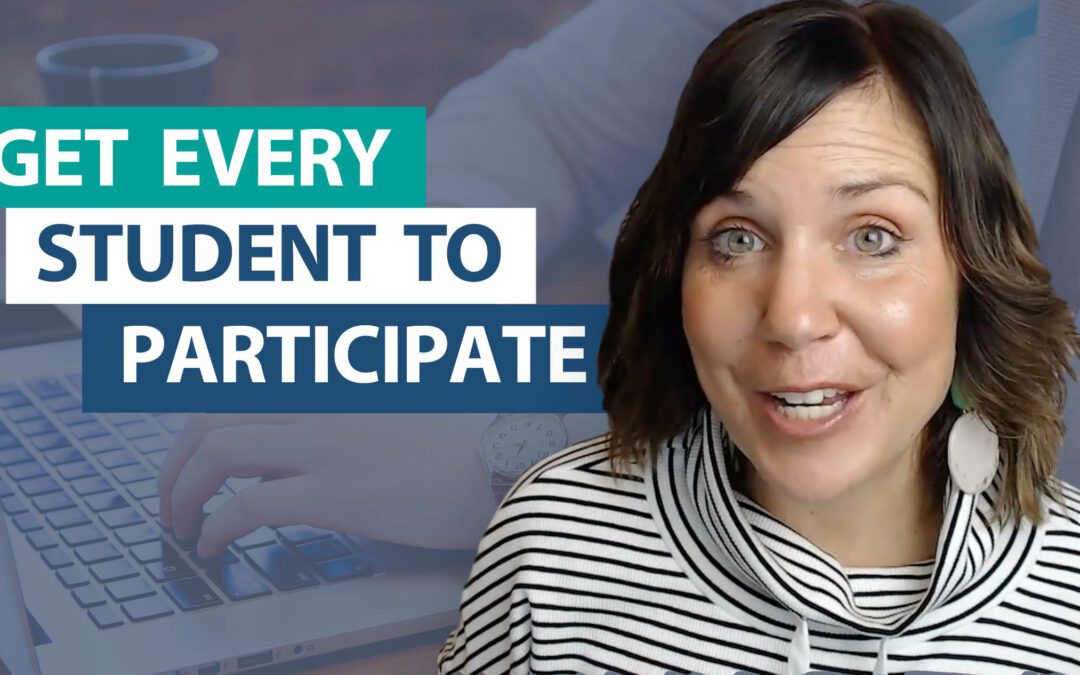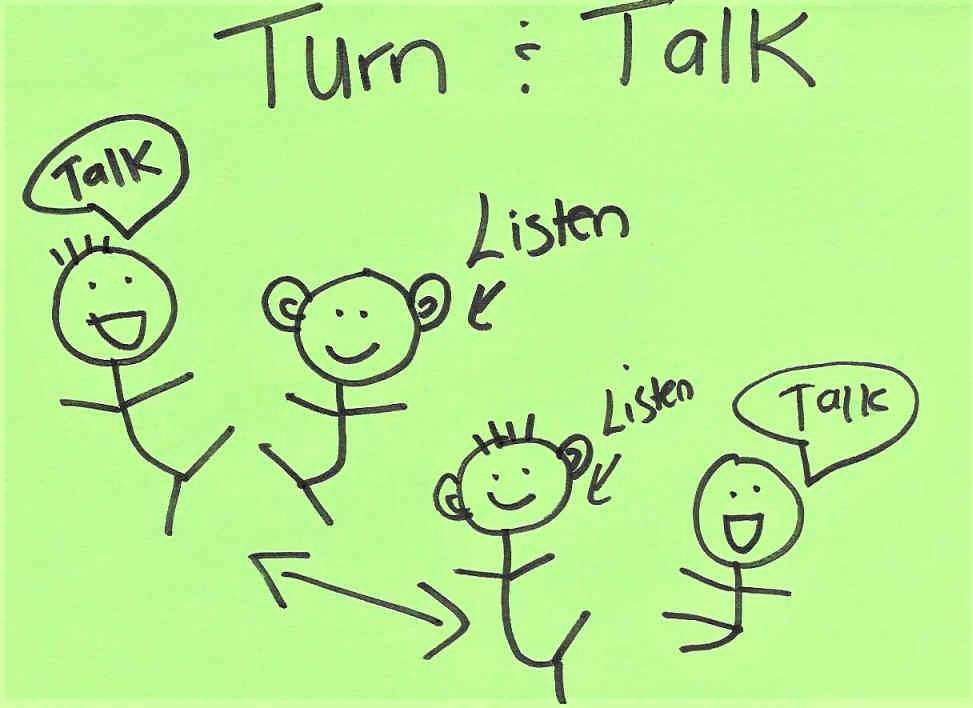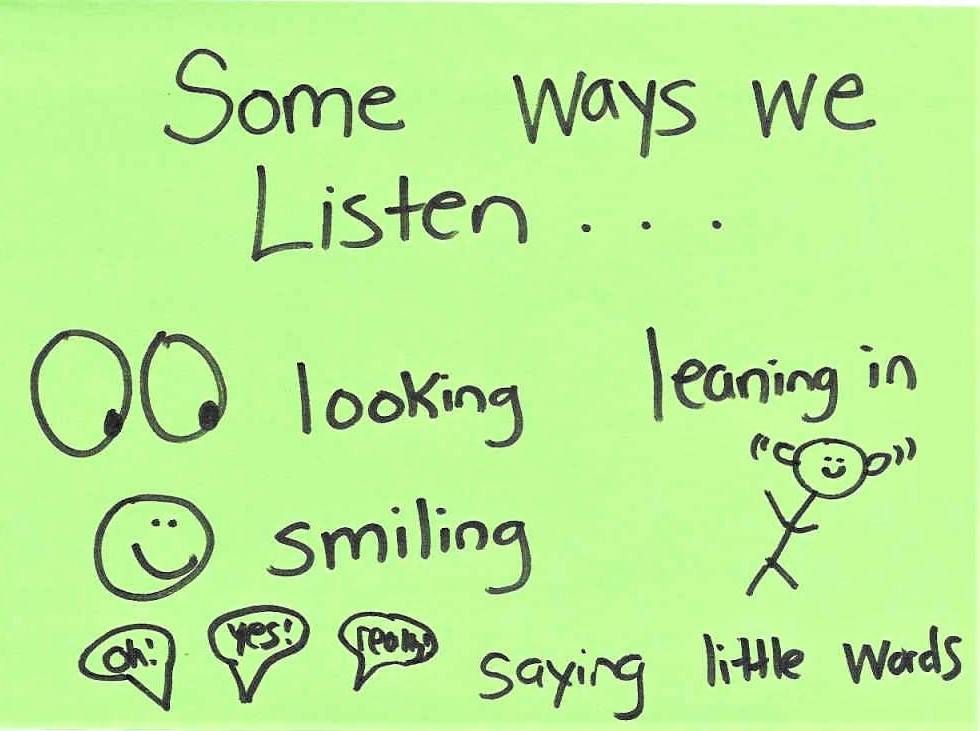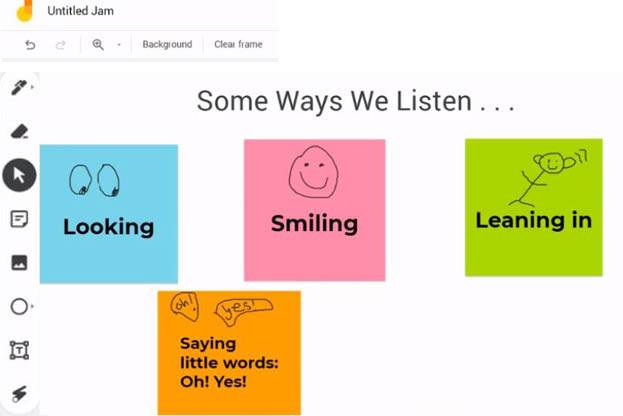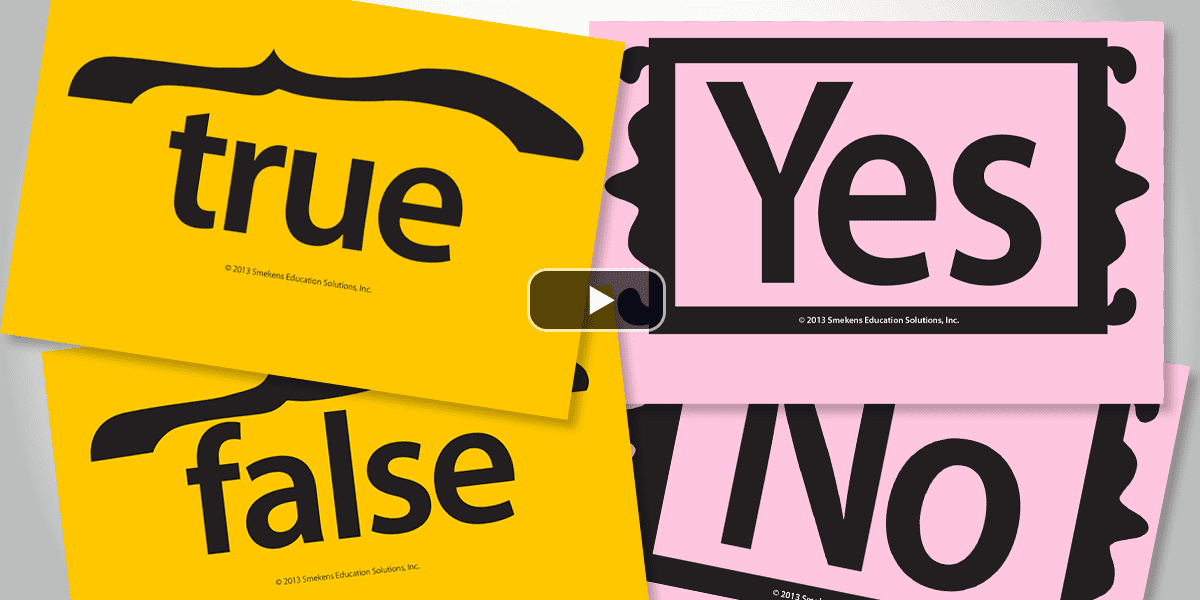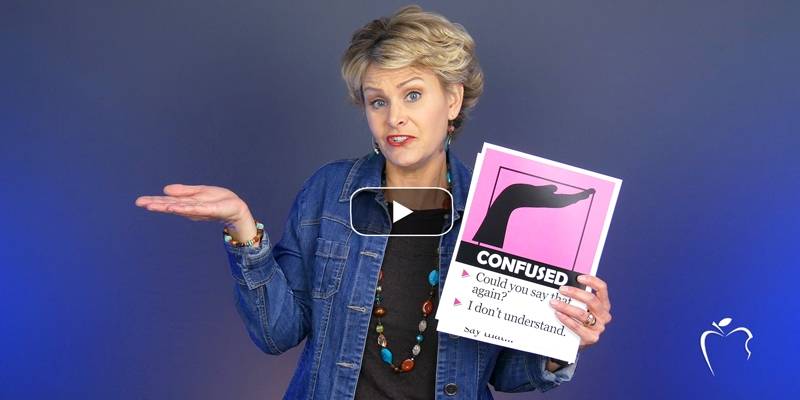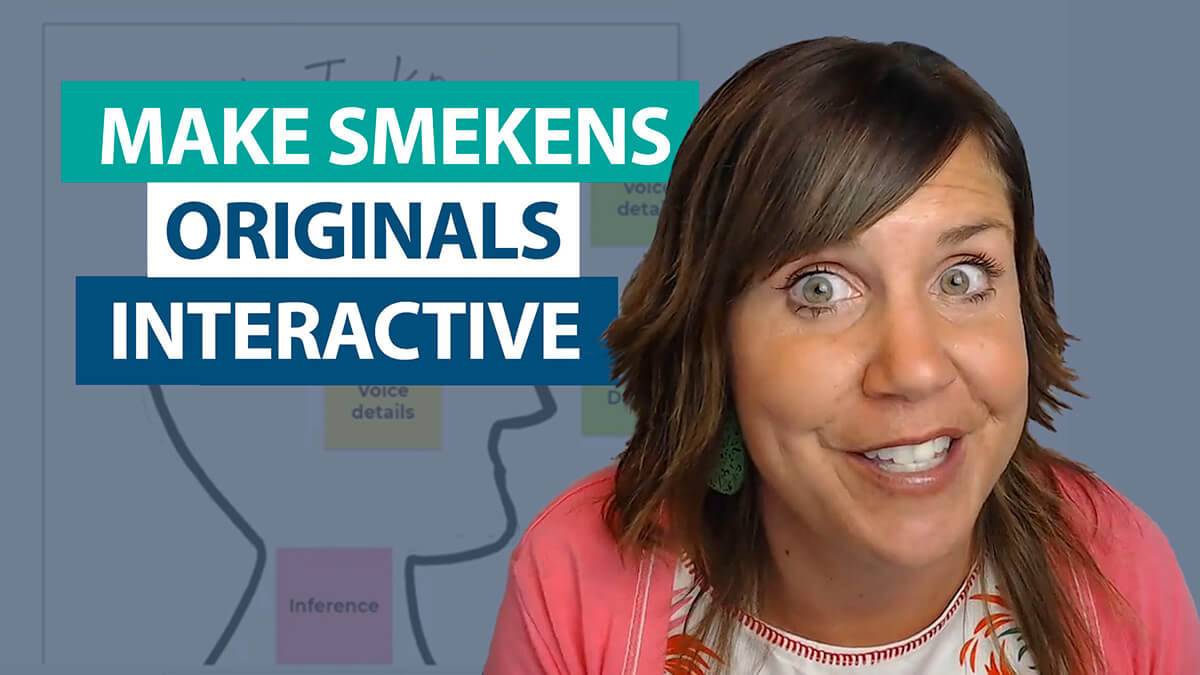Learning Center
reading
Establish effective Turn & Talk procedures
november 3, 2020
Whether you’re teaching in person or virtually, the challenge of getting every student involved in the learning is not a new one. The fact of the matter is, some students don’t have the desire, the confidence, or the skill set to actively participate collaboratively.
During our professional development for teachers, we have long encouraged the “turn and talk” strategy which engages students in peer collaboration as they respond to a question prompted by the teacher. However, this procedure needs to be taught, practiced, and fine-tuned.
In their book Hands Down Speak Out, authors Kassia Omohundro Wedekind and Christy Hermann Thompson offer terrific ideas on how to slow down and explicitly teach students how to listen and speak to one another. This is effectively done with visual and concrete anchor charts.
Using simple stick figures, draw scenes that depict students engaged in a conversation. Use these to teach individual procedures and habits.
Turn-&-Talk procedure
- Draw one student with a speech bubble to indicate that he is talking.
- Draw the second student with oversized ears, indicating that he is the listener.
- Draw the characters flip-flopped to reveal that they switch roles.
Ways to listen
- Draw a set of eyes to indicate that the listener is looking at the speaker.
- Draw a smiley face to indicate that the listener is interested in what the speaker is saying.
- Draw the stick figure bent at the waist to indicate that the listener is physically leaning in toward the speaker.
- Draw speech bubbles (e.g., Oh! Yes! Really?) to provide language that a listener often uses.
Listen, think, & speak
A third mini-lesson could focus on peer-to-peer discussions and how to become a strong contributor to a discussion. For this lesson plan, the anchor chart could be drawn to show affirmations from students such as:
- Draw one stick figure (with big ears) to indicate he is listening to a second stick figure.
- Draw the big-eared stick figure with a thinking bubble above his head to indicate he is considering what his partner said.
- Draw the big-eared stick figure with a speech bubble with “I heard you say ___.” on the inside. This models for students to share their partners’ ideas back to them as a means of proving they were listening to what was said.
Taking time to teach these granular speaking and listening skills will help to foster meaningful participation from every student during Turn & Talk experiences.

